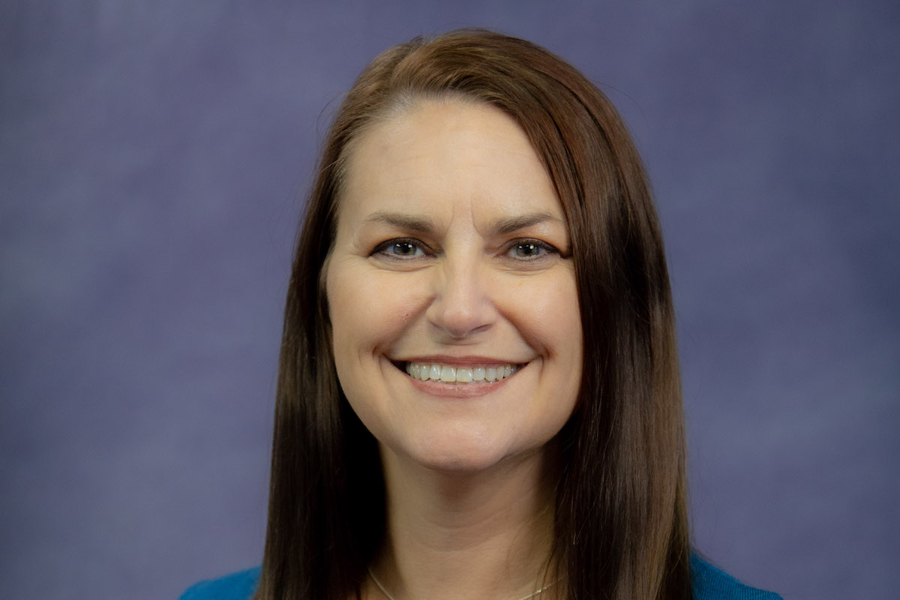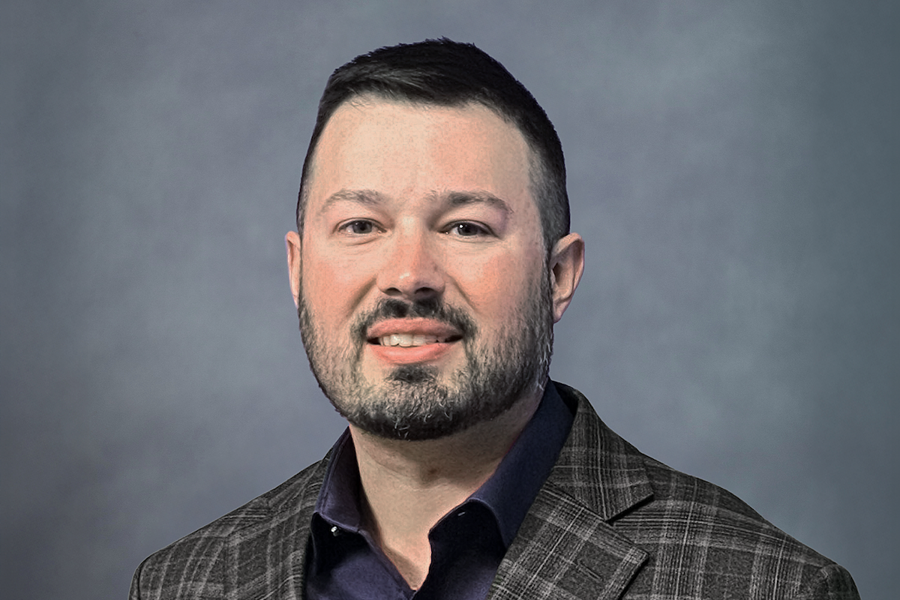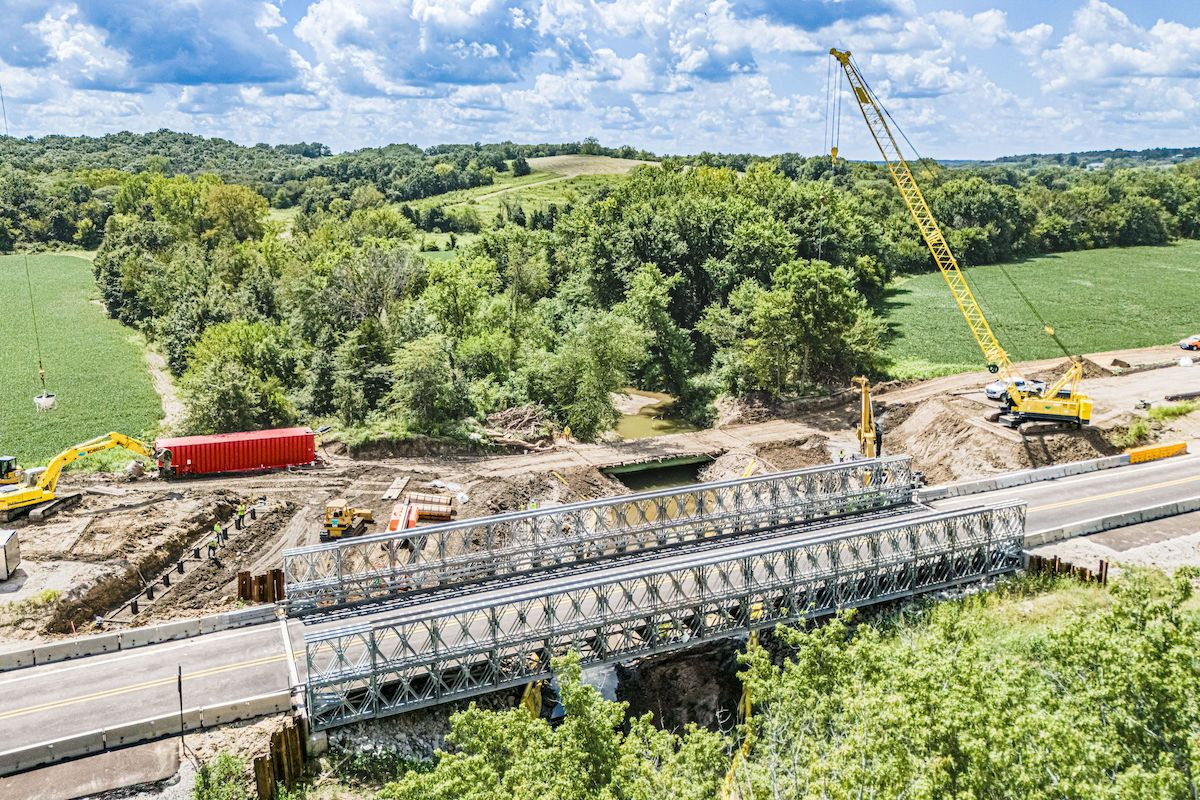Initially developed in the late 1950s, reverse osmosis (RO) desalination evolved into the leading desalination process. Improvements in recent years increased the performance of RO membranes, making them more efficient, more durable, and less expensive. Technology alternatives for the desalination process can increase those benefits.
For instance, five years ago, IDE Technologies developed Pulse Flow Reverse Osmosis (PFRO) to increase the recovery of clean water and reduce the amount of effluent discharge. In contrast to conventional RO desalination with continuous brine flow, IDE’s patented PFRO technology operates in pulse mode, discharging the brine at intervals.
PFRO operates in two cycles. During production cycles, the brine valve closes, stopping the discharge of brine and conveying 100 percent of the feed flow to the permeate side for treatment. During flushing cycles, the brine valve opens for a short period and discharges the brine at high velocity. That creates a high shear force in short, rapid pulses.
Unlike multi-stage reverse osmosis trains, PFRO is a single-stage configuration, with all the pressure vessels operating in parallel. Since the pressure is more equally distributed between membranes, this arrangement reduces the number of pressure vessels and membranes. By constantly changing flow and osmotic and gauge pressures, PFRO also reduces scaling and biofouling potential on RO membranes.

| Your local Trimble Construction Division dealer |
|---|
| SITECH Central LLC |
For implementation, PFRO technology offers flexibility. “The system can be installed as an add-on to an existing plant or replace standard reverse osmosis technology by incorporating into full-scale plans for a greenfield project,” said Iris Jancik, CEO of IDE Americas, headquartered in Carlsbad, CA.
For instance, the City of Abilene, Texas, conducted a demonstration project with PFRO technology added onto an existing brackish water reverse osmosis desalination facility. That resulted in an additional 80 percent recovery.
In demonstration projects for the reuse of municipal wastewater in California, after ultrafiltration, PFRO technology achieved 86 percent recovery at an RO desalination plant in Pismo, and 80 percent recovery at a plant in Montecito.
The Cherokee Metropolitan District in Colorado Springs, Colorado, plans to use PFRO technology for the removal of total dissolved solids in municipal wastewater after membrane bioreactor technology, looking to attain more than 90 percent recovery. A commercial unit is now under construction and expected to operate within a year as the first permanent PFRO installation in the U.S. Other permanent PFRO units have been operating in Israel, home of IDE Americas’ parent company.
To address the challenge of concentrate disposal, “The goal of the PFRO technology is to reduce the brine discharge as much as possible to allow it to be handled with minimal effort, minimal environmental disturbance, and minimal cost,” Jancik said.

| Your local Leica Geosystems Inc dealer |
|---|
| Laser Specialist inc |
As an example, before the PFRO pilot project, the Abilene Hargesheimer brackish water treatment facility discharged 20 percent of its feed as brine effluent, resulting in about 85 gallons disposed per minute. The goal was to reduce that to 20 gallons per minute, an amount more easily handled by the onsite evaporation ponds without environmental issues.
To attain the desired result, a skidded PFRO unit tied into the existing RO plant and treated brine water rejected from the third stage of the conventional system. After a successful demonstration with a smaller-scale unit, the city is evaluating whether to move forward with a full-scale PFRO unit at the plant.
“About a third of the lifetime cost of a desalination plant is energy,” said David Warsinger, Assistant Professor of mechanical engineering in a news release about his work at Purdue University in West Lafayette, IN. “Even small improvements to the process – a few percentage points of difference – can save hundreds of millions of dollars and help to keep carbon dioxide out of the atmosphere.”
RO membranes with larger diameters and other improvements to increase flow rates and rejections have helped reduce energy expenditures. In addition, the PFRO single-stage operation means simpler piping and elimination of an inter-stage booster pump.
By reducing bacteria reproduction with changing flow conditions, PFRO can also extend membrane lifespan. The single-stage configuration allows for periodic, online cleaning cycles to help keep membranes clean without taking the system down for a clean-in-place process.

| Your local Gehl Co dealer |
|---|
| Star Equipment LTD |
Implementing PFRO technology doesn’t mean hiring more personnel. System operators work around-the-clock remotely from IDE headquarters in Israel.
In addition, for commissioning during the pandemic, “We had one person onsite if we needed to do some fine-tuning, but our engineers monitored the unit remotely,” said Magal Kaplan, IDE Americas EPC Sales Engineering Manager. “We had a successful experience with this hybrid model, and we may expand it in the future.”
In the coming years, meeting increased demand for water treatment will demand cost efficiencies at every step. Technology advancements such as PFRO help accomplish that result.






































































